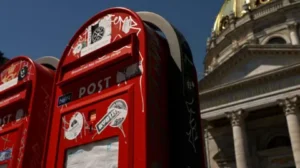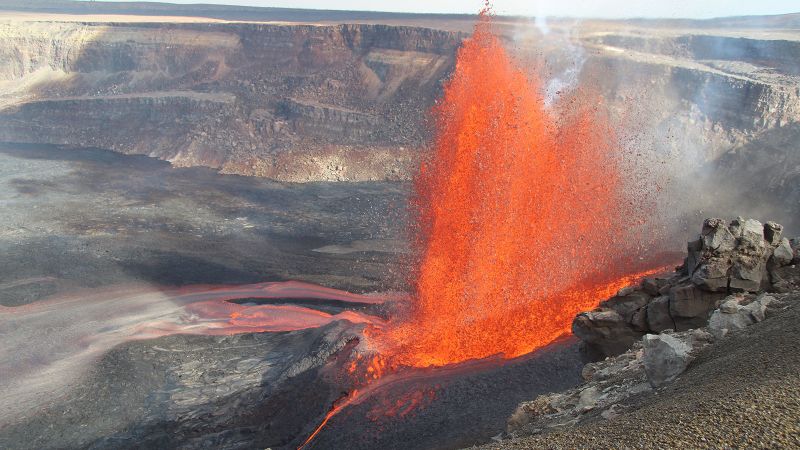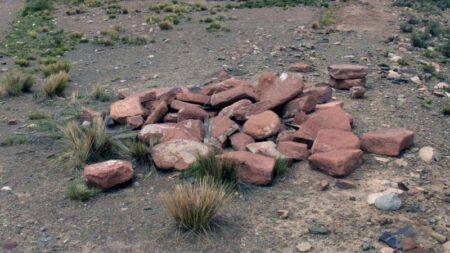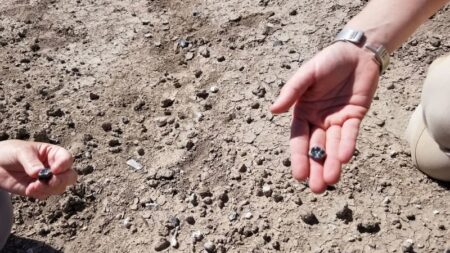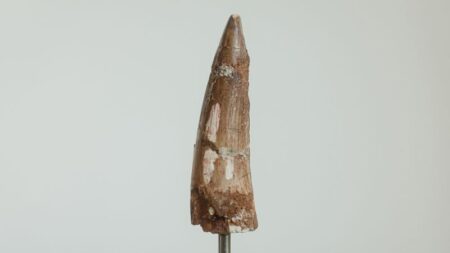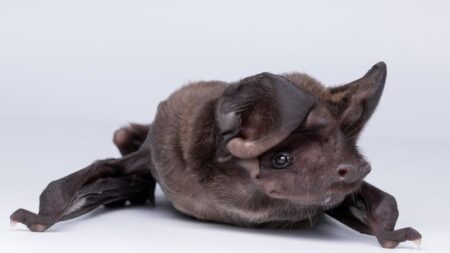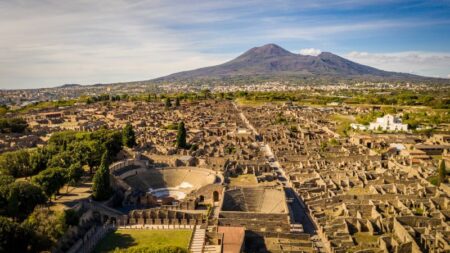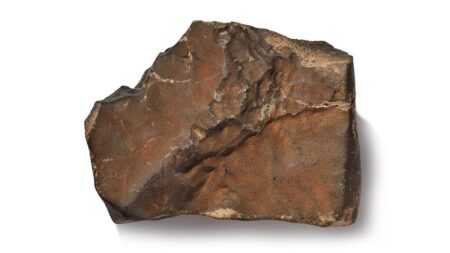Recent geological research has taken a groundbreaking turn by revealing that gold and other precious metals are leaking from the Earth’s core into the upper layers, ultimately reaching the surface, particularly during the formation of volcanic islands like Hawaii. The findings derive from a comprehensive three-year analysis of basaltic rocks from Hawaii, which emerged from plumes of magma rising from the ocean floor. This research lends credence to a long-held geological theory that suggests the Earth’s molten core is interconnected with the rocky mantle, the layer nestled between the planet’s crust and its core.
Prominent in this study is Nils Messling, a geochemist at the University of Göttingen in Germany and the primary author of the report highlighted in the journal Nature on May 21. Messling stated that about four decades ago, scientists first hypothesized that the core might be losing some of its material into the mantle. However, the evidence supporting this idea remained ambiguous until the current study provided what Messling considers to be substantial proof that some of the core’s material is indeed making its way into the mantle.
The research team indicates that over 99.95% of the Earth’s gold, along with other heavy elements such as platinum, resides in the molten core. This precious metal accumulated when meteorites collided in the early history of Earth, forming a reservoir during the core’s development approximately 4.5 billion years ago. What is particularly fascinating is that the study suggests that even a minute quantity of gold has migrated to the surface, raising the intriguing possibility that this leakage could continue, leading to more of this valuable metal reaching the Earth’s crust.
In a statement regarding their findings, coauthor Matthias Willbold, also from the University of Göttingen, emphasized that their research demonstrates the Earth’s core may not be as isolated as previously believed. The results show that vast volumes of super-heated mantle material, weighing several hundreds of quadrillion metric tonnes, originate at the core-mantle boundary and ascend to form oceanic islands like Hawaii.
To uncover evidence of this interaction between the core and mantle, Messling and his collaborators procured samples of Hawaiian volcanic rocks from the Smithsonian Institution in Washington, D.C. These samples were varied; some came from deep-sea volcanoes, while others appeared as ordinary basaltic rock typically found across Hawaii. After crushing the rocks into powder, the team melted them with various chemicals to isolate elements in the platinum group, including the lesser-known ruthenium, which is strikingly rare in Earth’s crust.
Messling noted that the mantle contains almost no ruthenium, yet it is crucial to understanding the planet’s formation, as meteoritic material predominantly comprises this metal. The Earth’s core has two layers, with a solid inner core about 70% the size of the moon, primarily formed from iron and nickel. The outer core is liquid and extends deep beneath the surface.
To verify if the extracted ruthenium originated from the core, the research team examined a specific isotope that was abundant in the Earth’s early material when the core was formed. They concluded that this isotope’s presence in the basalt samples signified that a portion of the rock formed from material derived from the molten core, as the signature is distinctive from other known rocks or meteorites.
Messling expressed excitement over the meticulous method employed, highlighting the challenge of measuring ruthenium in rocks with negligible amounts, comparing it to finding a “needle in a planet-sized haystack.” He further noted that if the core were leaking ruthenium, it would also be leaking gold in similar albeit minuscule quantities. This tantalizing notion raises questions about the origins of gold mined by humanity, suggesting that some of it may trace back to the core, particularly if the ongoing leaking process endures over time.
The implications of their research extend well beyond mere curiosity. If the Earth’s core has been transferring materials across billions of years, it could imply that the planet’s composition is gradually evolving. Experts not involved in the study have hailed these findings as significant, aligning with the notion that the core was once primarily composed of meteoritic material, leading to the concentration of precious metals within it while some remained stranded in the mantle.
In conclusion, the notion that Earth’s core may be leaking precious metals has stirred excitement within the geological scientific community. Confirming the existence of material from the core in mantle plumes found in hotspots like Hawaii substantiates the idea of inter-layer interactions, which were previously deemed improbable.



